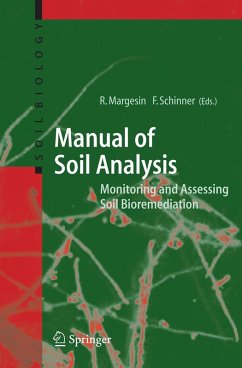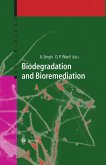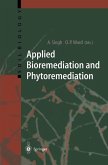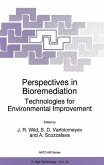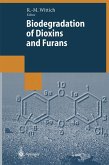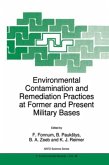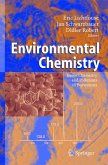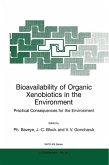This volume presents detailed descriptions of methods for evaluating, monitoring and assessing bioremediation of soil contaminated with organic pollutants or heavy metals. Traditional soil investigation techniques, including chemical, physical and microbiological methods, are complemented by the most suitable modern methods, including bioreporter technology, immunological, ecotoxicological and molecular assays. Step-by-step procedures, lists of required equipment and reagents and notes on evaluation and quality control allow immediate application
Dieser Download kann aus rechtlichen Gründen nur mit Rechnungsadresse in A, B, BG, CY, CZ, D, DK, EW, E, FIN, F, GR, HR, H, IRL, I, LT, L, LR, M, NL, PL, P, R, S, SLO, SK ausgeliefert werden.

